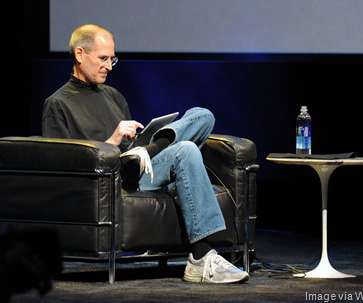Open Source Business Model
SoCal CTO
MARCH 5, 2007
However, there are lots of companies that are making money from open source and freemium models. A friend of mine has a company that builds open source applications in spaces that are a bit less innovative than Elgg, but they do very well financially through the packaging and support models. I understand his frustration.

























Let's personalize your content